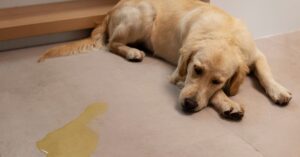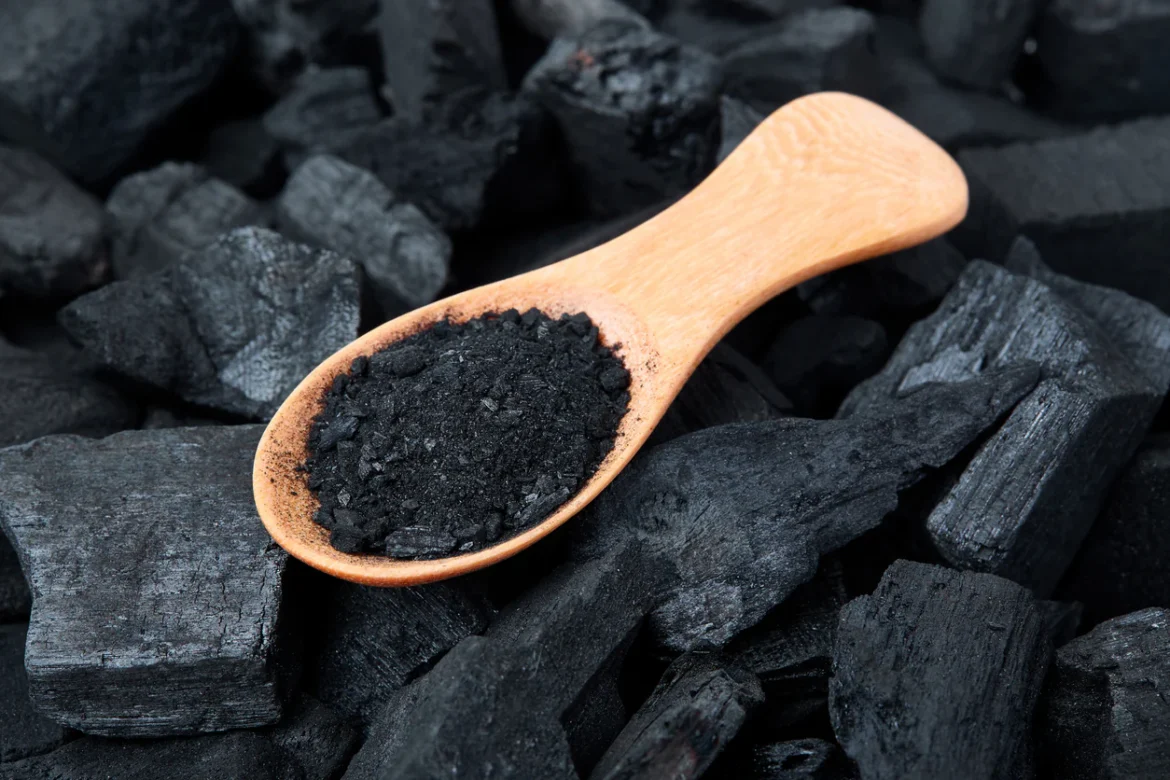Many people ask: can you use regular charcoal to purify air in your home or office? The answer isn’t as simple as yes or no. While charcoal does have some natural filtering abilities, not all types of charcoal work the same way. If you’re looking for a natural solution to indoor odors or pollutants, you need to understand what regular charcoal can and cannot do.
Let’s explore the science behind charcoal, compare it with activated charcoal, and learn how it fits into air purification strategies.
What Is Regular Charcoal?
Regular charcoal is the black, crumbly substance left behind after burning wood or other natural materials. It’s commonly used for grilling or heating. This kind of charcoal is often referred to as lump charcoal or charcoal briquettes. You can find it at grocery stores, camping suppliers, and hardware shops.
However, not all charcoal is created equal. Regular charcoal contains various fillers and additives, especially in commercial briquettes. These extras improve burning efficiency but reduce the charcoal’s effectiveness in filtering air.
How Charcoal Purifies Air
Charcoal absorbs moisture and odors through a process called adsorption (not absorption). In adsorption, molecules stick to the surface of the charcoal. The more porous the charcoal, the better it works.
This is why activated charcoal works so well for purifying air. It undergoes a special heating process that increases its surface area significantly. One gram of activated charcoal can have a surface area of up to 3,000 square meters.
So, can you use regular charcoal to purify air? Technically, yes—but only to a limited extent. Regular charcoal doesn’t have the same porosity or surface area as activated charcoal. That means it won’t trap airborne toxins, allergens, or VOCs as effectively.
Differences Between Regular and Activated Charcoal
Let’s break down the differences:
| Feature | Regular Charcoal | Activated Charcoal |
|---|---|---|
| Surface Area | Low | Extremely High |
| Processing | Basic burning process | Heated with gas or chemicals |
| Effectiveness | Limited | Excellent |
| Availability | Easy to find | Requires specialty stores |
| Additives | Often present | Usually pure |
As you can see, while regular charcoal has some mild benefits, it doesn’t match the purification power of activated charcoal.
How to Use Regular Charcoal for Air Purification
If you still want to try, here’s how to use it safely:
-
Choose natural lump charcoal. Avoid charcoal with lighter fluid or additives.
-
Break it into smaller pieces. More surface area means better odor control.
-
Place it in breathable containers. Mesh bags or bowls work best.
-
Position it strategically. Put charcoal in closets, near trash bins, or in musty rooms.
-
Replace it regularly. Change it every 2–4 weeks for best results.
Again, if you’re wondering can you use regular charcoal to purify air, the key is to set your expectations. It may reduce some odors, but it won’t cleanse your air the way activated charcoal does.
Better Alternatives to Regular Charcoal
If your goal is truly clean air, here are better options:
-
Activated Charcoal Bags: These are sold as natural air purifiers. They’re safe, reusable, and efficient.
-
HEPA Air Purifiers: These devices remove 99.97% of airborne particles.
-
Houseplants: Some indoor plants filter air naturally (like spider plants and peace lilies).
-
Essential Oils: Diffusers with eucalyptus or tea tree oil can purify air and freshen the space.
If you’re serious about air quality, you should move beyond wondering can you use regular charcoal to purify air and invest in one or more of these effective methods.
Can You Use Regular Charcoal to Purify Air in a Car or Fridge?
Yes, but with caution. Charcoal can absorb odors in small spaces like cars, refrigerators, or gym lockers. For these spots:
-
Use mesh bags to avoid a mess.
-
Keep away from children and pets.
-
Monitor for dust or crumbling.
Again, activated charcoal does the job better, but regular charcoal offers a low-cost solution for basic odor control.
Final Thoughts
So, can you use regular charcoal to purify air? Yes—but only in a limited, low-efficiency way. While it can help absorb moisture and reduce some odors, it lacks the power and structure of activated charcoal. For anyone looking for real air purification, especially in larger or more polluted spaces, it’s better to invest in activated charcoal or a proper air purifier.
Use regular charcoal as a backup, a temporary fix, or a DIY trick. But don’t expect it to replace professional solutions. For best results, pair it with natural ventilation, good cleaning habits, and smart use of purifying plants or devices.
FAQs
1. Is regular charcoal safe for indoor air purification?
Yes, if it’s natural lump charcoal without additives. Always handle it with care and keep it away from children.
2. Can I reuse regular charcoal for air cleaning?
You can reuse it for a few weeks, but it loses effectiveness over time. It’s best to replace it every 2–4 weeks.
3. Will regular charcoal remove allergens or mold spores?
No. It’s not effective for filtering tiny particles or pathogens. Use a HEPA filter for those.
4. Is there a DIY way to make activated charcoal at home?
Yes, but it requires high heat and chemicals. It’s not safe or easy for beginners. Buying ready-made activated charcoal is a better choice.




